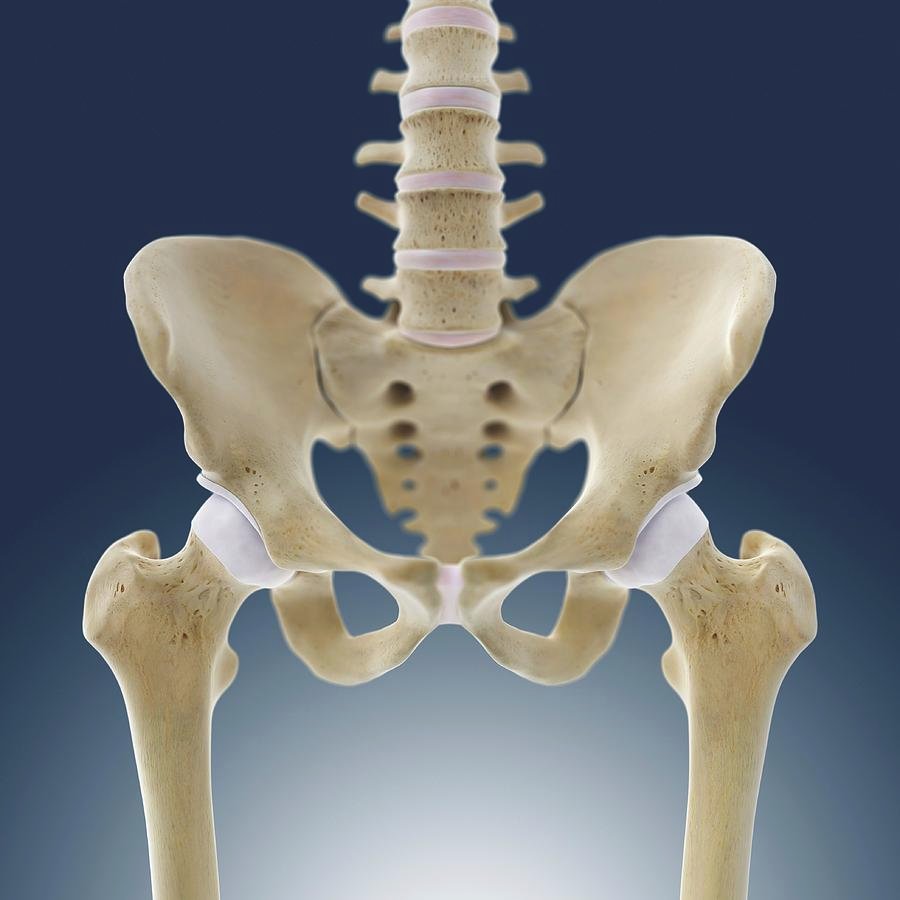Dr. Abhinav Kesarkar | Orthopedic Surgeon In Nagpur
Hip replacement in Adilabad

Hip replacement in Adilabad
Hip replacement in Adilabad by Dr. Abhinav Kesarkar is a transformative surgical procedure designed for patients suffering from persistent hip pain and limited movement. Different types of hip replacement surgeries are available to suit individual needs, considering factors such as age, lifestyle, and overall health. This procedure can significantly enhance mobility, relieve pain, and improve the quality of life.
Dr. Abhinav Kesarkar, one of the leading orthopedic surgeons in Adilabad, specializes in advanced hip replacement techniques that help patients regain movement, reduce discomfort, and restore daily functionality. His patient-focused approach, combined with modern surgical methods and high-quality implants, ensures a safe, effective, and faster recovery for every patient.
Hip Replacement In Adilabad -Dr Abhinav Kesarkar
The hip joint is among the largest and most vital weight-bearing joints in the human body. It functions as a ball
and-socket joint, with the femoral head (the upper end of the thighbone) fitting into the acetabulum, a cup-shaped
cavity in the pelvis. This anatomical structure facilitates a broad spectrum of movements, including walking, running, and sitting.
The stability and smooth, frictionless motion of the hip joint are ensured by the surrounding muscles, ligaments, and cartilage.
Hip Joint And Artificial Components
Hip replacement surgery entails the substitution of damaged or diseased elements of the hip joint with artificial
components, commonly referred to as prosthetics. The primary categories of hip replacement surgeries include:
- Total Hip Replacement (THR) :
This is the most prevalent form of hip replacement. In this procedure, both the femoral head (the ball)
and the acetabulum (the socket) are replaced with prosthetic components crafted from materials such as metal, ceramic, or plastic.
- Partial Hip Replacement (PHR) : This approach involves replacing only the femoral head, leaving the socket intact.
It is frequently advised for elderly patients who have sustained a hip fracture.
- Hip Resurfacing : Rather than replacing the entire femoral head, this technique involves reshaping its
surface and covering it with a metal cap. A metal liner is also installed within the acetabulum. This method is
designed to preserve a greater amount of the patient’s natural bone and is particularly suitable for younger, more active individuals.
When Hip Replacment Required
Hip replacement is typically considered when other treatment modalities, including physical therapy, medications,
and lifestyle changes, do not yield satisfactory results. Conditions that may necessitate a hip replacement include:
- Osteoarthritis: This condition involves age-related degeneration of cartilage,
resulting in direct bone contact and friction.
- Rheumatoid Arthritis: An inflammatory disorder that leads to joint swelling, pain, and subsequent damage.
- Post-Traumatic Arthritis: Long-term damage resulting from hip injuries, fractures, or dislocations.
- Avascular Necrosis (AVN): A condition characterized by the loss of blood flow to the femoral head, resulting
in bone death and structural collapse.
- Hip Fractures: Significant fractures, particularly in older adults, often require hip replacement to restore mobility.
- Bone Tumors: Tumors located in the hip area may also make hip replacement necessary
Why Needs Surgery
Not all individuals suffering from hip pain necessitate surgical intervention. Nevertheless, hip replacement
surgery may be advised under certain conditions, including:
- Intense and ongoing hip pain that interferes with everyday activities such as walking, ascending stairs, or sitting.
- Limited mobility in the hip joint.
- Persistent stiffness or swelling that fails to respond to medication or physical therapy.
- Sleep disruptions attributed to hip pain.
- Reliance on mobility aids like canes, crutches, or walkers.
- Those with considerable damage to the hip joint resulting from arthritis, fractures, or avascular
necrosis (AVN) are typically the most suitable candidates for hip replacement surgery.
How It is performed?
The procedure can be outlined in the following steps:
- Anesthesia: The patient receives either general anesthesia, rendering them unconscious, or spinal anesthesia,
which numbs the lower half of the body.
- Incision: A surgeon creates an incision on the lateral or anterior aspect of the hip.
- Removal of Damaged Bone and Cartilage: The surgeon excises the affected cartilage and bone from the hip joint.
- Implantation of Prosthetic Components: The acetabulum in the pelvis is reconfigured and equipped with a prosthetic cup. The femoral head is removed, and a metallic stem is inserted into the femur. A ball made of ceramic, metal, or plastic is then affixed to the top of the femoral stem, which is designed to fit into the prosthetic cup.
- Closure: The surgeon sutures or staples the incision and applies a dressing to the area.
- Recovery and Rehabilitation: Physical therapy is initiated shortly after the operation to assist the patient in regaining mobility, flexibility, and strength. Visit Our Hospital.
Hip replacement is a surgical intervention that entails the excision of damaged components of the hip joint,
followed by the insertion of artificial implants.
Hip Resurfacing
Hip resurfacing serves as an alternative to total hip replacement, particularly for younger and more active patients.
This procedure is distinct from traditional replacement as it retains a greater amount of the natural bone structure.
The process of hip resurfacing involves several key steps:
- Reshaping the Femoral Head: Rather than excising the femoral head, it is contoured to accommodate a metal cap.
- Reshaping the Acetabulum: The acetabulum is prepared, and a metal cup is inserted to replace the damaged cartilage.
- Insertion of Metal Implants: The contoured femoral head is fitted with a smooth, rounded metal cap
that aligns with the metal socket, facilitating seamless movement.
Book Your Appointment Today
Regain your pain-free life and active mobility today. Book your appointment with Dr. Kesarkar,
Best Othopedic Doctor in Adilabad for expert consultation and advanced treatment options.Contact Now

